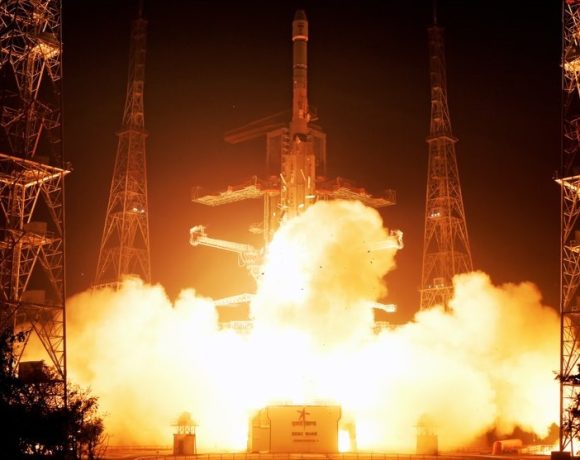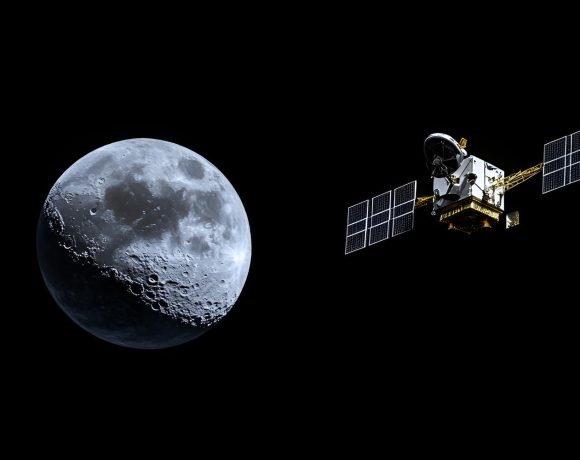
NASA–ISRO NISAR Satellite Launch Set for July 30
The Indian Space Research Organisation (ISRO) has confirmed that the NISAR satellite, a joint mission with NASA, will be launched on July 30, 2025, aboard the GSLV-F16 rocket. The launch will take place from the Satish Dhawan Space Centre in Sriharikota and marks one of the most significant collaborative space missions between India and the United States.
What is NISAR?
NISAR, short for NASA-ISRO Synthetic Aperture Radar, is a cutting-edge Earth observation satellite designed to monitor a wide range of environmental changes. The satellite weighs approximately 2,392 kg and is equipped with dual-frequency radar systems (L-band from NASA and S-band from ISRO). It will orbit Earth every 12 days and capture high-resolution images day and night, in all weather conditions.
Using a large 12-meter deployable radar antenna and advanced SweepSAR technology, NISAR will track movements as small as a few centimeters. It will support studies in areas such as glacier dynamics, forest biomass, agricultural patterns, coastal erosion, earthquakes, and landslides.
Gaganyaan Mission Timeline Updated
In addition to the NISAR launch update, ISRO Chairman Dr. V. Narayanan provided a new timeline for the Gaganyaan human spaceflight program. The first uncrewed test flight featuring the humanoid robot Vyommitra is scheduled for December 2025. This will be followed by additional uncrewed tests in 2026, leading to a crewed mission by March 2027.
Strategic Significance
The NISAR mission is valued at approximately $1.5 billion and is one of the largest joint projects ever undertaken between India and the United States. It aims to provide open-access global data that can assist scientists, policymakers, and disaster response teams across the world. The upcoming launch also marks the first time a GSLV rocket will deliver a satellite to a sun-synchronous polar orbit.
The collaboration highlights India’s growing expertise in space science and positions NISAR as a vital tool for climate research and Earth monitoring.


















